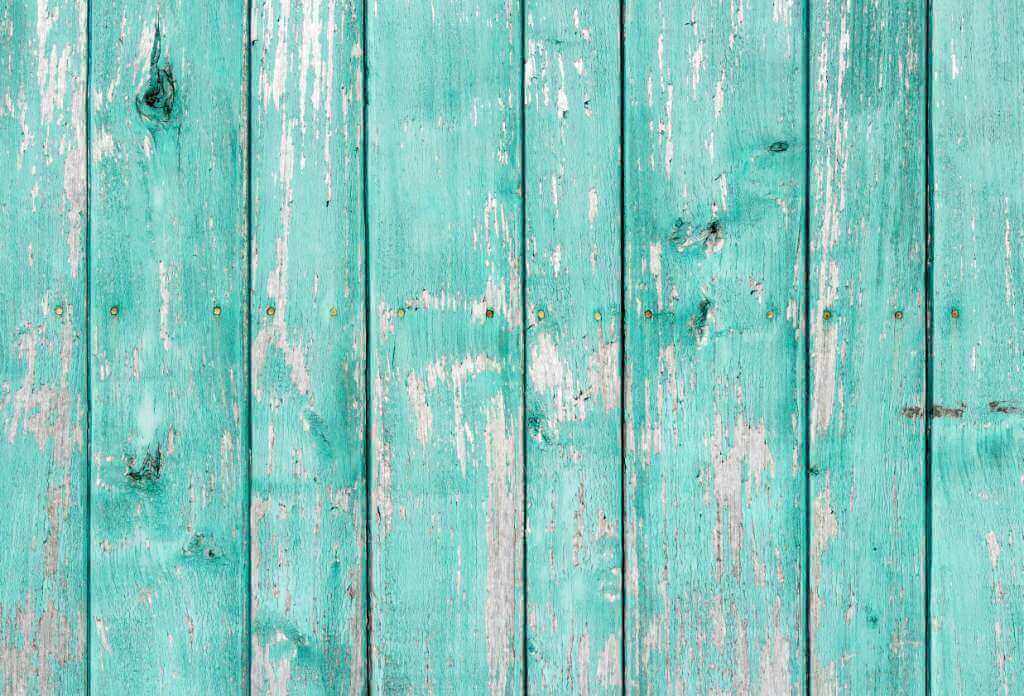Experienced painters like the round rock house painters have seen a lot of project setbacks caused by different painting defects. Over time, they’ve learned the best ways to avoid or fix those problems for a stunning outcome. If you’re planning a painting project, you can avoid 14 common painting defects when you hire an experienced professional for the job.
Flashing
This is the formation of glossy paint patches on the painted surfaces. These patches are often whitish and can deface the project’s finishing.
Flashing is often a problem associated with poor paint quality. Hiring a professional painter can help prevent this problem as they only use top-quality paint products on your project.
Chalking
Have you ever run your palm through a wall, and it came back with paint residue on your hand? That’s chalking. Chalking is the formation of powder on a painted surface and is commonly due to low oil content in the primer.
Professional painters can help prevent this problem by using the right spread rate for your primers. This ensures that the primer isn’t too thin to hold the paint in place.
Click here – How Long Do You Have To File A Personal Injury Lawsuit Against A Cruise Line
Blistering
Blistering is one of the commonest painting defects and can be ugly. It is characterized by the swelling of the paint film due to trapped moisture or air bubble under it.
A professional painter can prevent this problem by properly preparing the surface and allowing it to dry fully before applying a fresh coat of paint. It can also be prevented by using non-porous paint like emulsion paints.
Fading
Fading is an inconsistency in the spread of paint and paint color on walls or surfaces. If you notice one area being deeper or paint-rich than another, that’s fading.
This can be caused by weather elements like the sun, moisture, etc. Poor painting techniques can also cause it. A solution to this problem is the use of weather-resistant paint.
Grinning
This is when the paint film is not opaque enough to cover the background surface. This problem is often common to low-quality paints or paints from a bad production batch.
You can avoid this problem by purchasing high-quality paints.
Flaking
Paint flaking is characterized by the detachment of the solidified paint from the painted surface. This occurs when the bond between the paint and the surface is poor.
It is often caused by a bad painting technique or lack of surface preparation. This can be prevented by properly cleaning and sanding the wall surface before paint application.
Click here – Understanding Dota MMR: How to Increase Your Matchmaking Rating
Blooming
Blooming is characterized by dull patches visible on the painted surface. This is a problem caused by improper ventilation or moisture problems affecting the paint. It can also be traced to defective or poor paint products and the effect of weathering.
This painting problem can be prevented by using high-quality paint sourced from trusted manufacturers and suppliers.
Running
Running paint appears when a thin layer of paint coating does not blend with the other surfaces. This is common when the paint is unevenly spread, causing its movement from top to bottom under gravitational pull.
This painting defect can be attributed to poor painting technique.
Sagging
This is characterized by the running appearance of thick paint on the painted surface. This is common when thick paint does not spread evenly, thus creating an uneven gravitational streak.
This problem is similar to running paint, only that the paint here is heavier. It can be traced to poor painting technique and unprofessionalism from the painter.
Wrinkling
A wrinkled paint often gives a rough-like appearance on the painted surface. This can be due to shrinking paint products – traced to the poor quality paint film. It can also be a problem when there’s too much oil under the painted surface, thus creating poor adhesion and preventing proper drying of the underlying coat.
Saponification
This is the formation of soap-like patches on the paint’s surface. It is common when paints are added over areas with alkali on them, e.g., pipes. Saponification can cause the paint material in affected areas to peel back over time, creating unsightly patches.
Alligatoring
This is the formation of an alligator-like appearance on the painted surface. The appearance often resembles uneven cracks and can deface the painted surface.
Alligatoring can be prevented by applying high-quality oil-based primer.
Checking
This is similar to alligatoring, but the cracks are often smaller and confined to specific areas on the painted surface.
This problem can be traced to cold surfaces or improper drying temperatures.
Mildew
Mildew thrives in warm and dark areas with high moisture content. It can grow under painted surfaces to give green to grey-colored patches. This problem can be prevented by properly drying and preparing the surface before painting.
Most of the common painting defects can be avoided by hiring a qualified and experienced painter. Experienced painters use high-quality paint products and employ the best practices to give you a satisfactory paint job.

